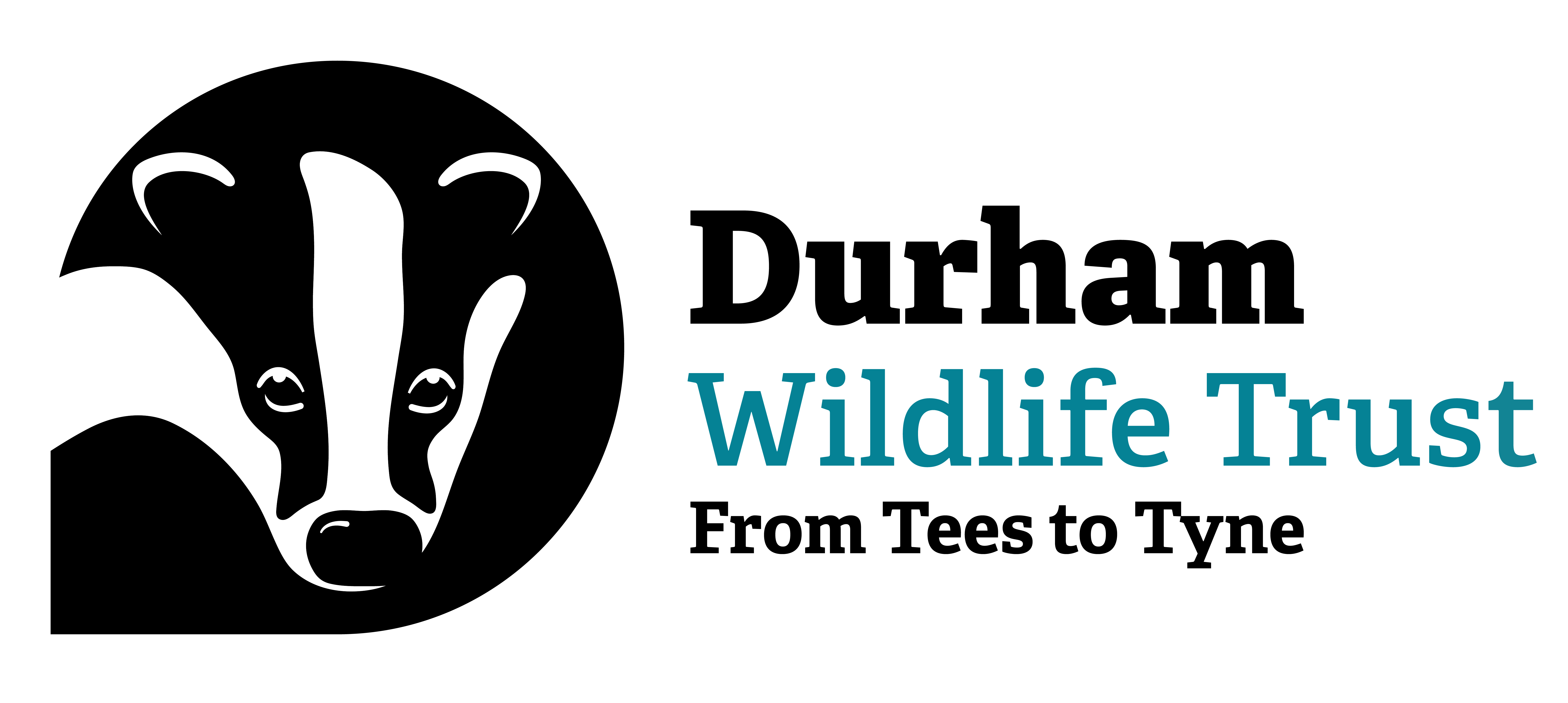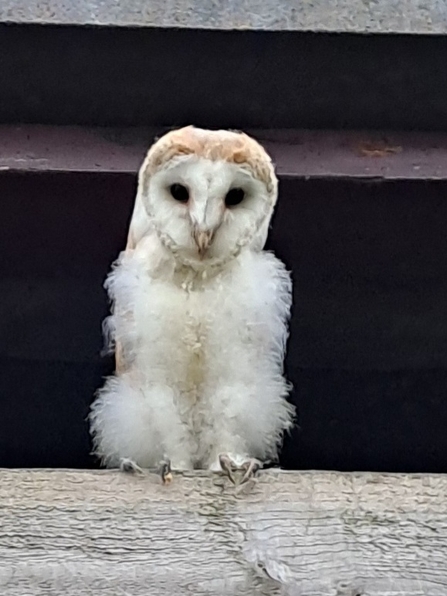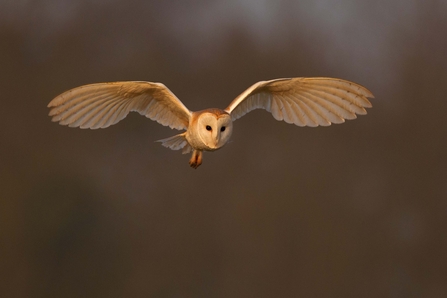We’ve got some very noisy tenants living next to us. All’s quiet most of the time but as early evening arrives, the bumping and clattering, bickering and clamouring for attention starts, dominated by a chorus of hissing and screeching. Not quite as inspirational or soothing to listen to as some of the other local feathered residents, but how privileged it makes us feel to hear them.
After several years of expectant vacancy, this was the year that our homemade barn owl box, erected in the small stone barn adjoining our house, finally attracted some breeding occupants. We’ve known there’s been one bird in there all spring, as we’ve watched it hunt the fields around us on most evenings, which was a special treat in itself. However, we’d seen no evidence of anything more….until last week when my husband was stopped in his tracks by the sight of three barn owls perched on the edge of the barn side opening. Further tentative inspection, quietly peering through a hole in the barn door, confirmed another two birds in there – either another two youngsters or one more young and an adult – so a brood of at least four and possibly five, which is a very healthy average. It was a revelation that made our day, our week, and will probably be in the top ten memorable events of the year. I was beyond excited, and just can’t get enough of watching one or more of them sitting at the barn entrance while they wait for Delivera-twit-twoo (apologies for that painful pun, and apologies to those who point out that barn owls don’t actually go ‘Twit-twoo’!).



